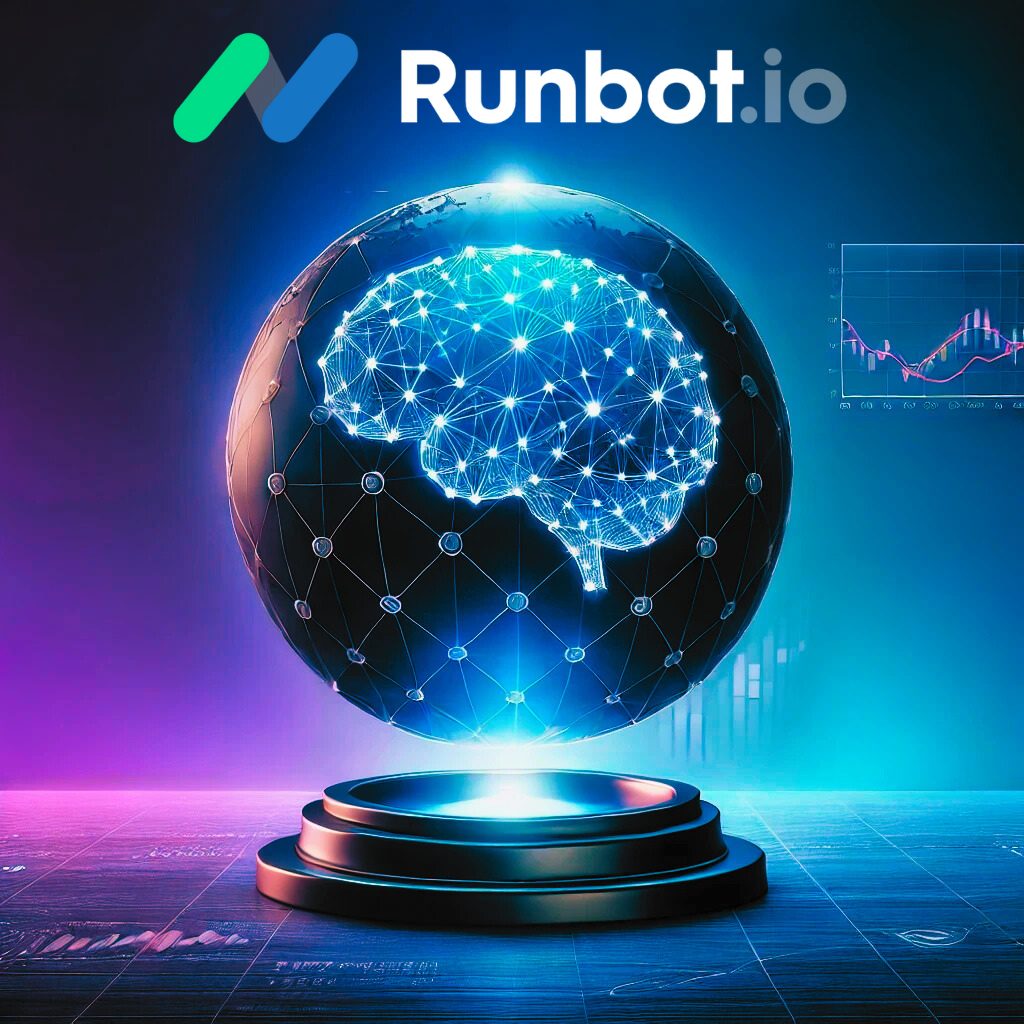Artificial Intelligence (AI) is transforming the world of trading, providing unparalleled speed, efficiency, and precision. As a field that thrives on quick decisions and accurate predictions, trading is perfectly suited for AI applications. This article will guide you through the process of creating your own AI for trading.
Understanding the Basics
What is a Trading AI?
A trading AI is a system that leverages machine learning algorithms to analyze financial data and make trading decisions. From identifying market trends to executing trades, a trading AI can automate various aspects of the trading process.
The Importance of AI in Trading
AI brings numerous benefits to trading, such as:
- Speed: AI can analyze vast amounts of data and make decisions much faster than a human could.
- Efficiency: AI eliminates the need for manual data analysis, freeing up time for other tasks.
- Precision: AI can identify subtle patterns and trends that might be overlooked by human analysts.
Steps to Create a Trading AI
Creating a trading AI involves several key steps:
Defining Your Trading Strategy
- Choose a Trading Strategy: The first step in creating a trading AI is to choose a trading strategy. This could be anything from day trading to swing trading or arbitrage. Your chosen strategy will guide the development of your AI.
- Identify Key Indicators: Depending on your trading strategy, you’ll need to identify key indicators that your AI will track. These could include price trends, volume changes, or economic indicators.
Gathering and Preparing Data
- Data Collection: AI relies heavily on data. You’ll need to collect historical market data, including price, volume, and any other relevant indicators.
- Data Preprocessing: This step involves cleaning and organizing your data. You might need to normalize data or handle missing values.
Developing Your AI Model
- Choose a Machine Learning Algorithm: Depending on your strategy and data, different algorithms may be suitable. Common choices include linear regression, decision trees, or neural networks.
- Train Your Model: Using your preprocessed data, you can now train your AI model. This involves feeding your data into the model and allowing it to learn from it.
- Test and Validate Your Model: Once your model is trained, you need to test and validate it. This involves using a separate dataset to check the accuracy of your model’s predictions.
Implementing Your Trading AI
- Integrate with a Trading Platform: Once you’re confident in your AI’s performance, you can integrate it with a trading platform. This will allow your AI to execute trades.
- Monitor and Adjust: Even after implementation, it’s crucial to continually monitor your AI’s performance and make adjustments as necessary.
Competencies Needed to Create a Trading AI
Creating a trading AI requires a mix of skills in finance, computer science, data analysis, and machine learning. Here’s a closer look at these competencies:
Understanding of Financial Markets
Before creating an AI trading system, a solid understanding of financial markets is crucial. You need to understand different asset classes, market indicators, trading strategies, and risk management.
Programming Skills
Creating a trading AI requires strong programming skills. Python is the most commonly used language in AI and machine learning due to its simplicity and the availability of numerous libraries for data analysis and machine learning, such as Pandas, NumPy, and TensorFlow.
Data Analysis
A core part of creating a trading AI is the ability to gather, clean, and analyze large datasets. This requires knowledge of data analysis tools and techniques, as well as a good understanding of how to interpret data in the context of financial markets.
Machine Learning
Knowledge of machine learning algorithms and principles is essential. This includes understanding different types of machine learning (supervised, unsupervised, reinforcement learning) and the ability to choose and implement the right algorithm for your specific task.
Math and Statistics
A solid foundation in math and statistics is crucial for understanding how machine learning algorithms work and for interpreting their outputs. This includes knowledge of probability, statistics, linear algebra, and calculus.
Considerations When Creating a Trading AI
Building a trading AI is a complex task that requires careful consideration. Here are a few things to keep in mind:
- Quality of Data: The quality of your data greatly influences the effectiveness of your AI. Ensure your data is accurate, comprehensive, and relevant.
- Overfitting: Be careful not to overfit your model to your training data. This could make your AI perform poorly on new data.
- Legal and Ethical Considerations: Always comply with all relevant laws and regulations when developing and using a trading AI.




